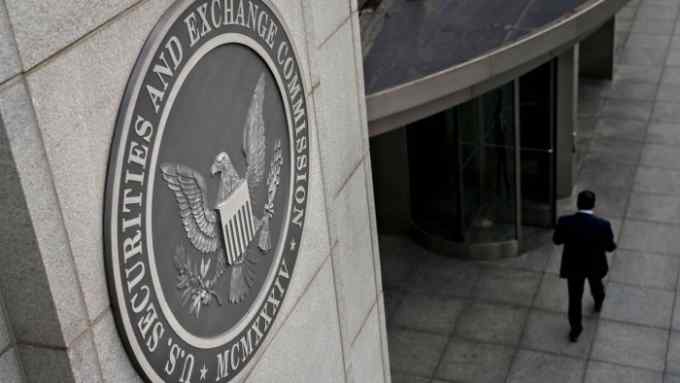ESG metrics trip up factor investors

Simply sign up to the ESG investing myFT Digest -- delivered directly to your inbox.
Interested in ETFs?
Visit our ETF Hub for investor news and education, market updates and analysis and easy-to-use tools to help you select the right ETFs.
Asset managers and index providers are increasingly using scores for environmental, social and governance (ESG) performance in selecting and weighting stocks — in a similar way to their application of smart beta factor metrics. But some experts now believe this approach is flawed.
The first difficulty with using ESG performance scores in this way, according to Felix Goltz — an academic and research director at Scientific Beta, a data provider — is that there is confusion over the purpose.
“The starting point in the industry is that people believe ESG is a source of outperformance and, if it was [using the data in the same way as a factor-based approach], it would be a logical approach to follow,” he says. However, research has shown that the correlation between a high ESG metric and outperformance declines over time, he points out.
Style factors are used to construct smart beta indices of companies that score highly on persistent drivers of returns: for example, size (smaller, high-growth companies), or quality (financially healthy groups).
But, even if the purpose of including ESG factors was to deliver only an ethical tilt, rather than higher returns, there are also flaws in that idea, says Patrick Wood Uribe, chief executive of Util, a UK sustainable investment data provider.
Research from Util shows that, when measured against UN sustainable development goals, sustainable funds minimise negative ESG impacts at best, but have no significant positive effects.
A further concern is the quality of the ESG data, Wood Uribe says. “If you’re strict about smart beta, you need very strong quantitative data — and ESG, so far, is not up to that.”
Mark Northway, investment manager at Sparrows Capital, agrees: “We don’t have enough knowledge or information about ESG-ranked portfolios to make an informed conclusion,” he says, noting that, unlike for style factors, most ESG data have only been collected in a consistent fashion for the past decade.
However, questioning whether it is right to use ESG alongside factors obscures the reality — the practice is commonplace because the metrics generate usable numbers.
“Smart beta tends to rely on quantitative models, and it’s straightforward to include a quantitative score for ESG into these models,” says Bruno Taillardat, head of smart beta and factor investing at Amundi, Europe’s largest asset manager.
Taillardat says it is important to recognise that ESG can have correlations to factors such as momentum (the idea that strong performance tends to persist), quality and value (when stocks are cheap relative to a company’s fundamental value), but it can still be a useful tool.
“ESG is evolving, which means it has no structural bias to another factor,” he says. “It tends to be more correlated with quality than other factors, but it still changes over time.”
To complicate the picture, though, Amundi research has identified varied effects when using ESG alongside a factor-based approach, depending on whether it is added to a single factor or multi-factor portfolio and where the investments are.
This research, published in May 2020, found that introducing ESG in a multi-factor US portfolio that was already well-diversified added little value, but that it was a significant diversification factor in a eurozone multi-factor portfolio.
Goltz maintains, however, that while “the trend is definitely to use ESG scores and try to use them alongside other factor considerations”, it was not appropriate to do so.
“Most, in fact, use the ESG score as a factor even though there is no evidence that it is a factor,” he says. He says using ESG scores is easy, but it should be a separate consideration.
Northway says that it might infuriate proponents of sustainable investing that ESG metrics were deemed unsuitable for use in a factor-based approach. But he suggests that they keep in mind the potential risks of doing so.
“It’s more prudent for investors to assume that reducing the investment universe will have the effect of increasing concentration and tracking error, without necessarily improving performance” he says.
“That doesn’t take anything away from ESG investing, which is a socially responsible approach,” he adds. “But it does underline that the primary motivation for doing so should be social conscience rather than the naive expectation of higher returns.”

Click here to visit the ETF Hub

Comments